Mother Nature doesn’t play it safe, and some creatures prove it by thriving where most life would tap out. From scorching deserts to the crushing pressures of the deep sea, these bizarre survivors redefine what’s possible. Let’s dive into 14 extraordinary animals that can handle the unimaginable and keep on thriving.
1. Tardigrades Make a Mockery of Death
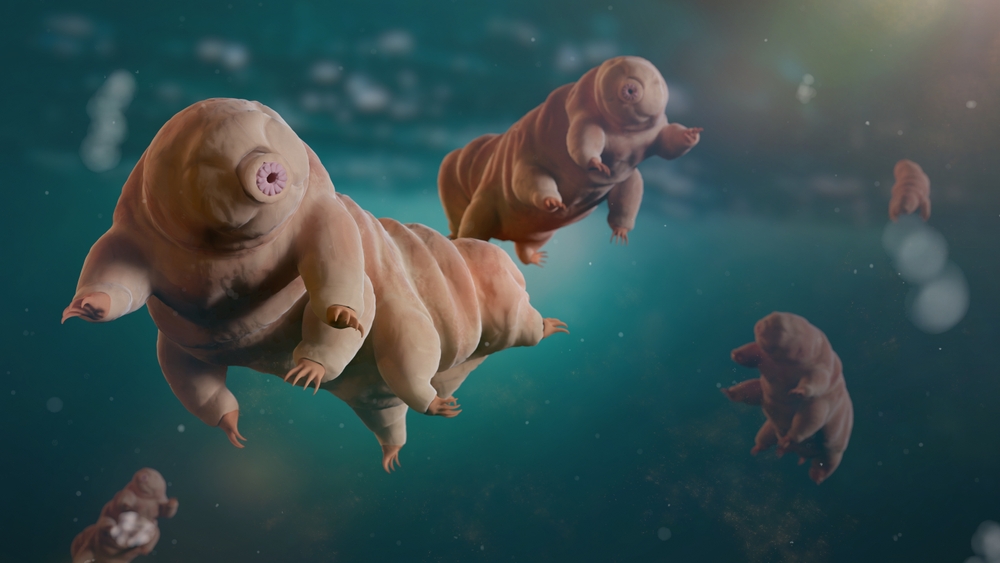
These microscopic “water bears” aren’t just tough; they’re practically unkillable. Found everywhere from Antarctic ice to boiling hot springs, tardigrades can survive in the vacuum of space or without water for decades. When conditions get rough, they enter a state called cryptobiosis, basically hitting pause on life until things improve. Radiation, dehydration, or even outer space? Tardigrades just shrug it off, redefining what it means to be resilient.
2. The Immortal Jellyfish Rewinds Its Clock
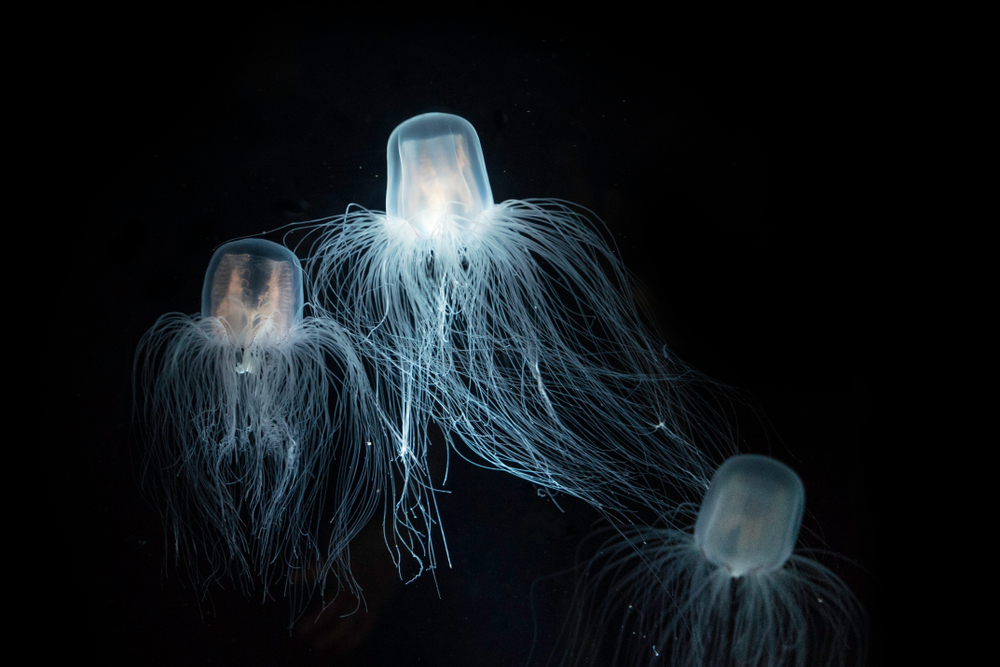
Imagine aging backward every time life gets stressful—welcome to the world of Turritopsis dohrnii. This jellyfish can revert its cells to an earlier stage of life, sidestepping death entirely. Found in oceans worldwide, it’s more than a survivor; it’s an evolutionary cheat code. While predators and disease remain risks, its regenerative trick makes this jellyfish biologically immortal. No wonder scientists are obsessed with studying its secrets.
3. Desert Pupfish Thrive Where Water Boils
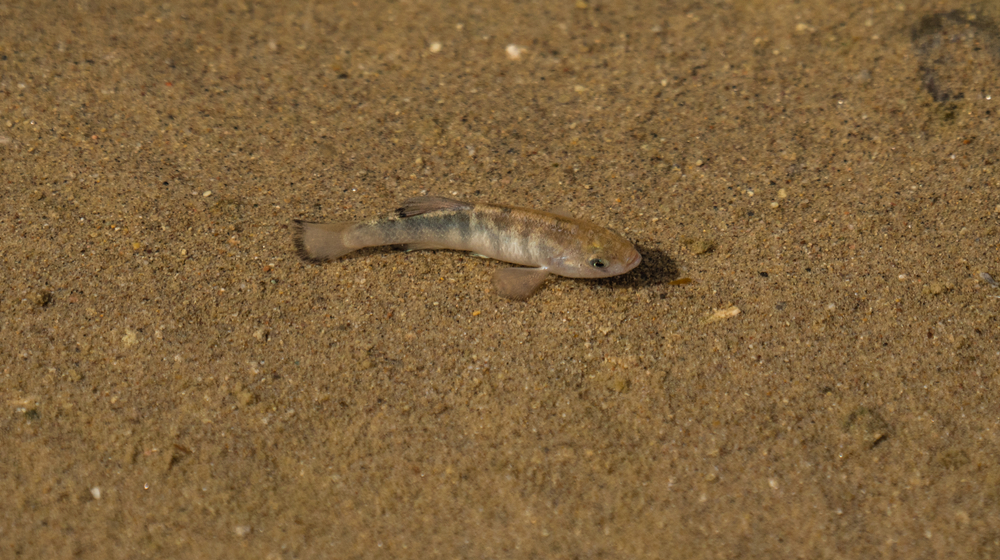
Living in pools that would cook most fish alive, desert pupfish are small but fierce survivors. Found in places like Death Valley, their habitats can reach over 100°F and plunge into near freezing at night. They’ve adapted to these extremes by evolving specialized proteins to prevent cellular damage. While their world is shrinking due to climate change, the pupfish continue to prove that resilience comes in small, shimmering packages.
4. The Wood Frog Freezes Solid, Then Wakes Up
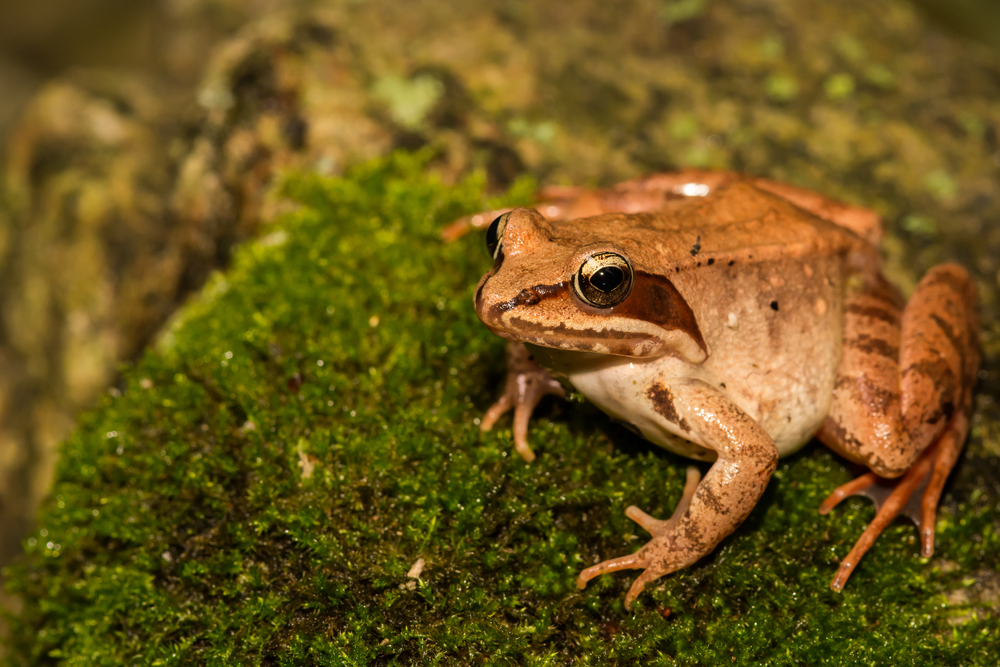
The wood frog of North America has a winter trick straight out of science fiction. When temperatures drop, it freezes—heart stopped, no breathing, ice crystals forming in its cells. Come spring, the thawed frog hops away as if nothing happened. This frozen slumber is possible thanks to special proteins and glucose that protect its organs. The wood frog doesn’t just endure winter;
5. Antarctic Icefish Flourish in Freezing Waters
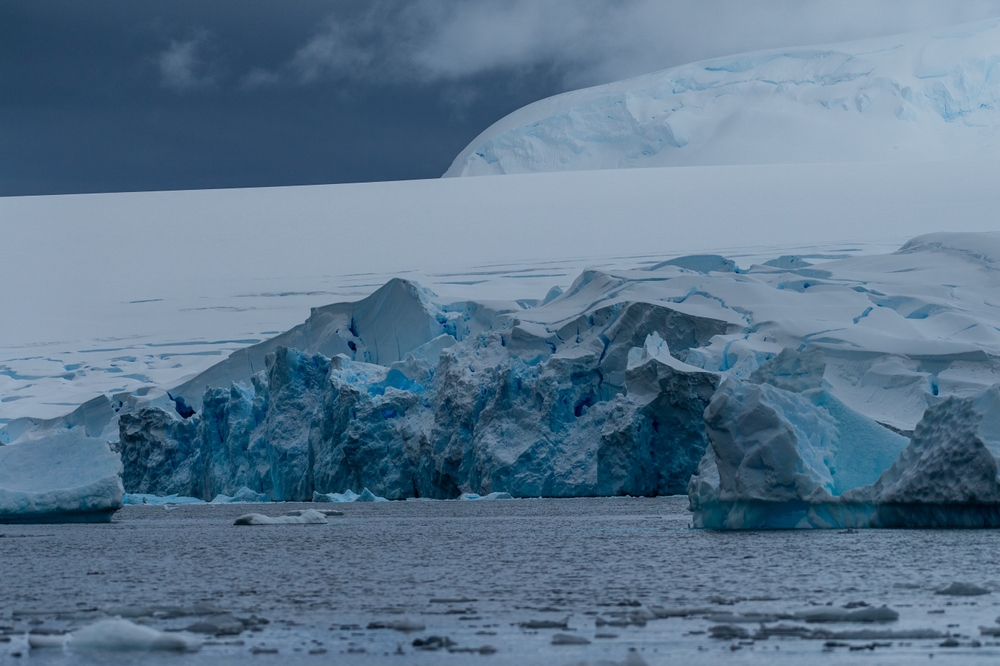
In the icy Southern Ocean, the Antarctic icefish swims where blood should freeze. This unique creature has antifreeze proteins in its blood, preventing ice crystals from forming and killing it. Even more bizarre, it lacks red blood cells, relying instead on dissolved oxygen in the water to survive. The Antarctic icefish shows that life finds a way—even if that way involves a complete rewrite of biology’s rules.
6. The Devil’s Hole Pupfish Owns Isolation
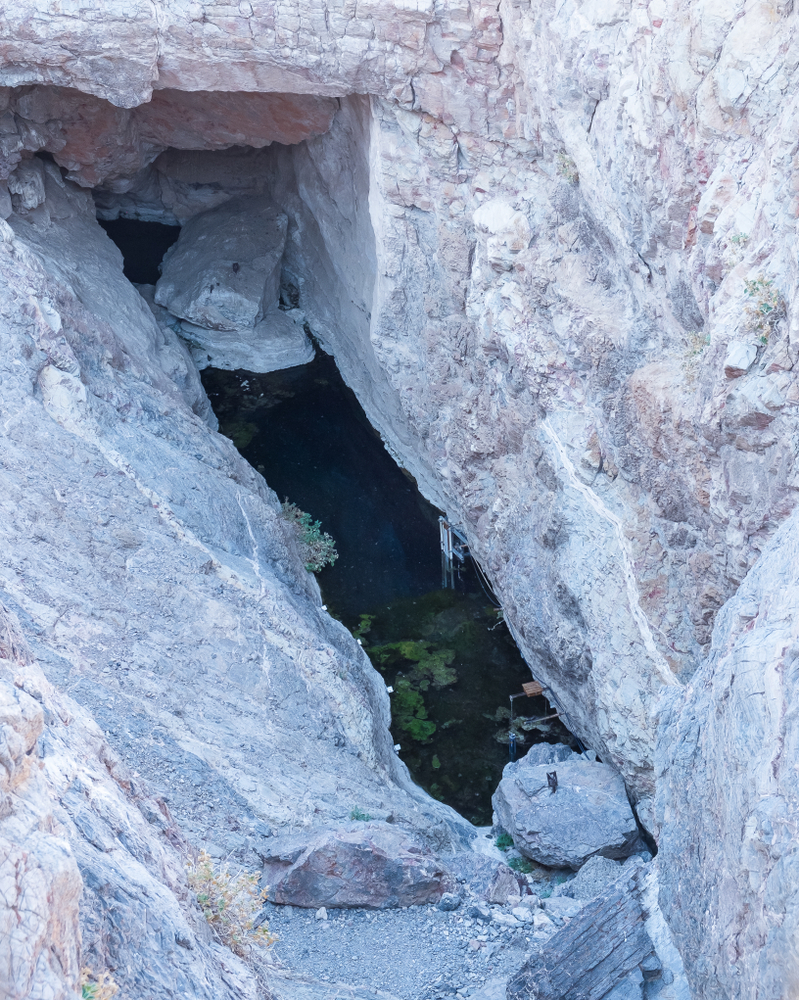
Living in a single, deep limestone cavern in Nevada, the Devil’s Hole pupfish is the ultimate loner. With a population sometimes dipping below 100, this tiny fish thrives in water that fluctuates between dangerously low oxygen levels and extreme temperatures. Adapted to scarcity, it can survive on minuscule resources. Despite its limited habitat, this pupfish has survived for tens of thousands of years, proving that isolation doesn’t have to mean extinction.
7. The Sahara Silver Ant Runs on Sunlight
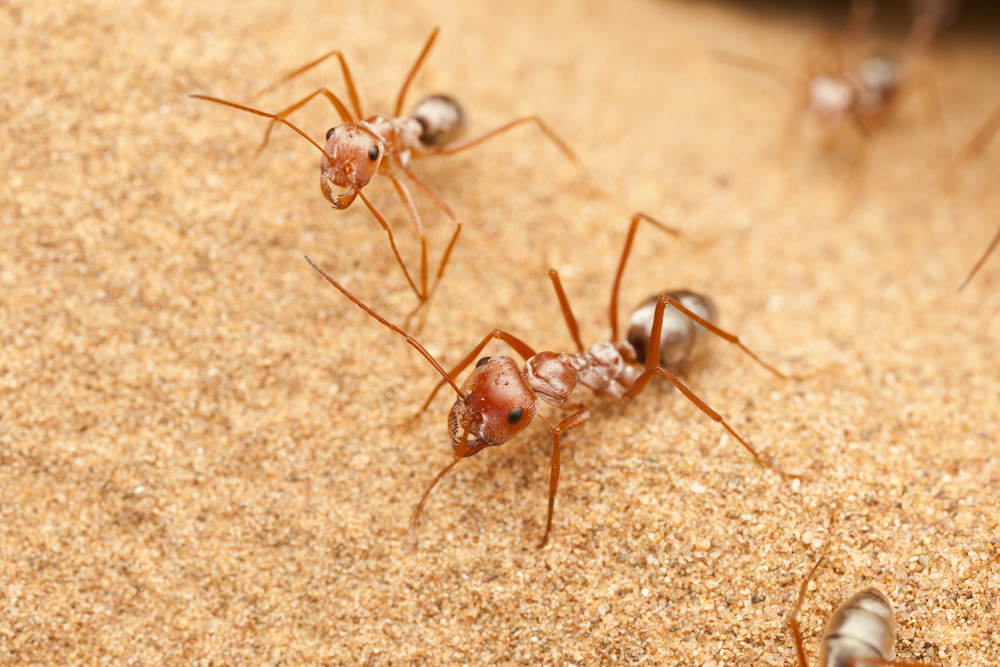
While most creatures avoid the Sahara’s blistering heat, the Sahara silver ant embraces it. Active during the hottest part of the day, these ants sprint across the sand to avoid predators and find food. Their metallic sheen reflects sunlight, while specialized proteins protect them from heat damage. With a tolerance for temperatures up to 140°F, they’re among the few animals fast enough to outpace death in one of Earth’s harshest environments.
7. The Deep-Sea Dragonfish Owns the Abyss
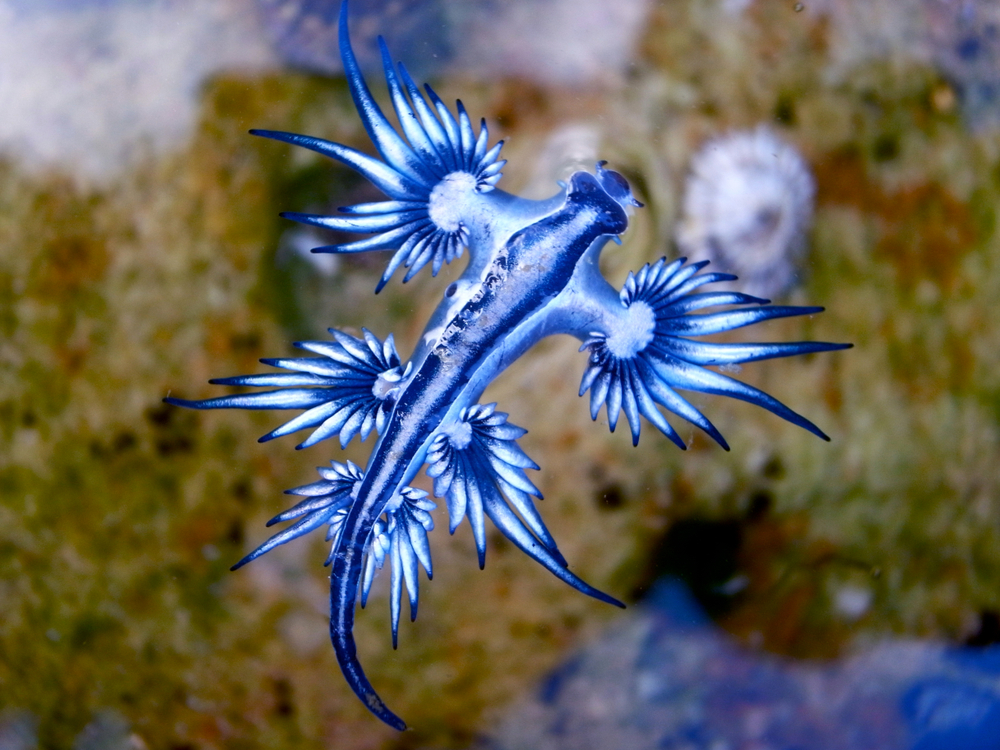
At depths where sunlight doesn’t dare to venture, the deep-sea dragonfish reigns supreme. This predator uses bioluminescent lures to attract prey in the pitch black. Adapted to crushing pressures and near-freezing temperatures, its body is designed to thrive where most lifeforms can’t even exist. With dagger-like teeth and a stealthy approach, the dragonfish proves that the deeper you go, the stranger survival gets.
9. The Himalayan Jumping Spider Climbs to Extremes
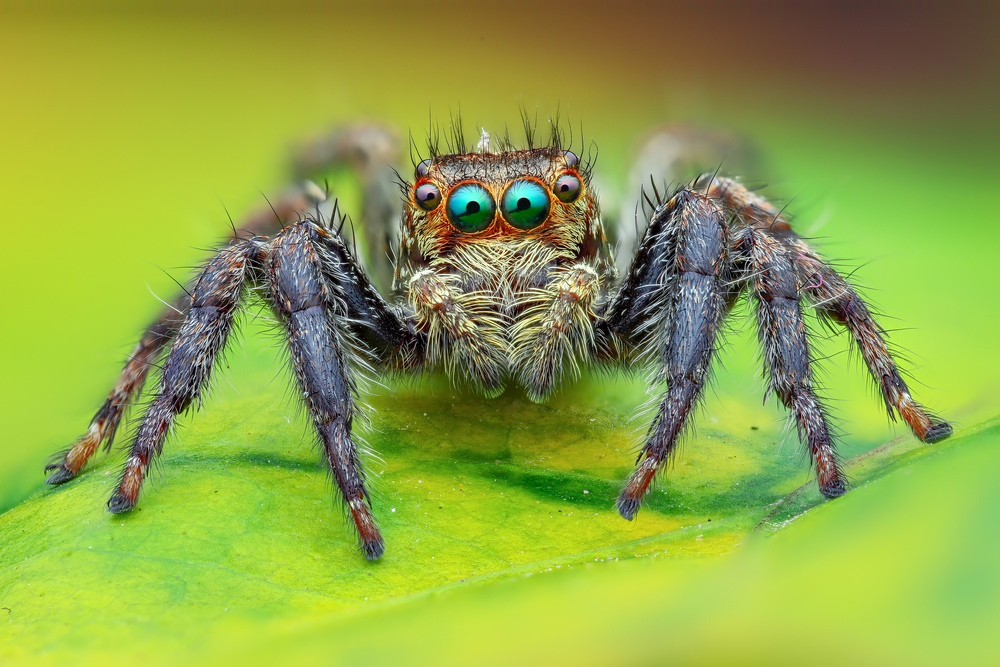
Living at altitudes exceeding 22,000 feet, the Himalayan jumping spider is the world’s highest-dwelling arachnid. Feeding on stray insects carried by mountain winds, it endures oxygen levels that would leave most animals gasping. Its ability to survive in such an inhospitable environment showcases nature’s knack for pushing boundaries, even for creatures as seemingly delicate as spiders.
10. The Kakapo Outsmarts Extinction
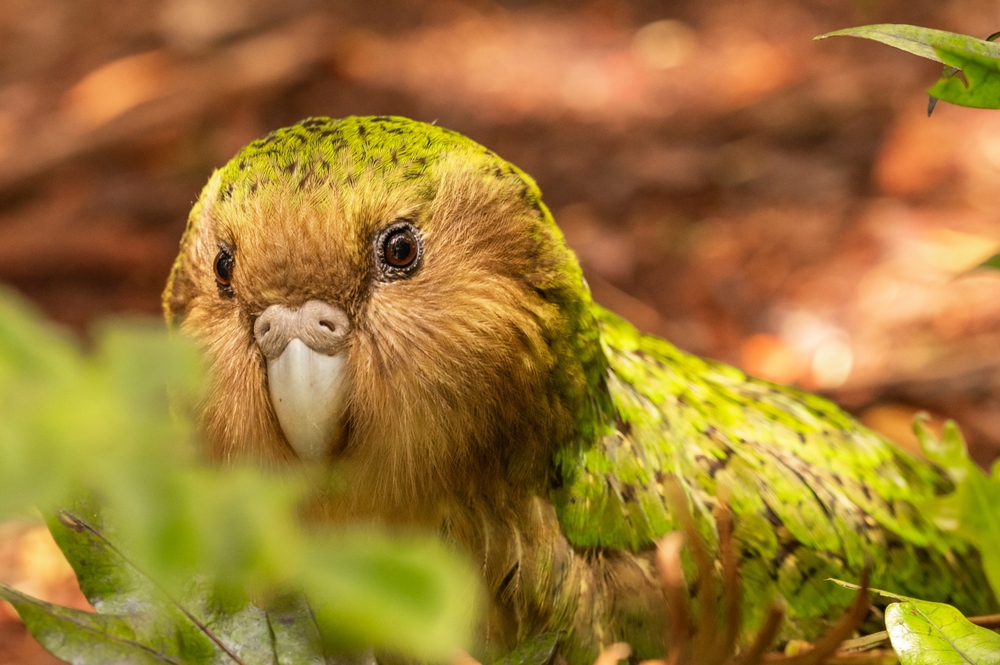
This nocturnal, flightless parrot from New Zealand defies the odds. Once nearly extinct, the kakapo has adapted to a world where predators abound. It uses its incredible camouflage and nocturnal habits to avoid detection. Thanks to intensive conservation efforts, this quirky bird, known for its distinct musty scent and playful personality, is bouncing back, proving that evolution combined with human intervention can sometimes rewrite extinction stories.
11. The Axolotl Masters Regeneration
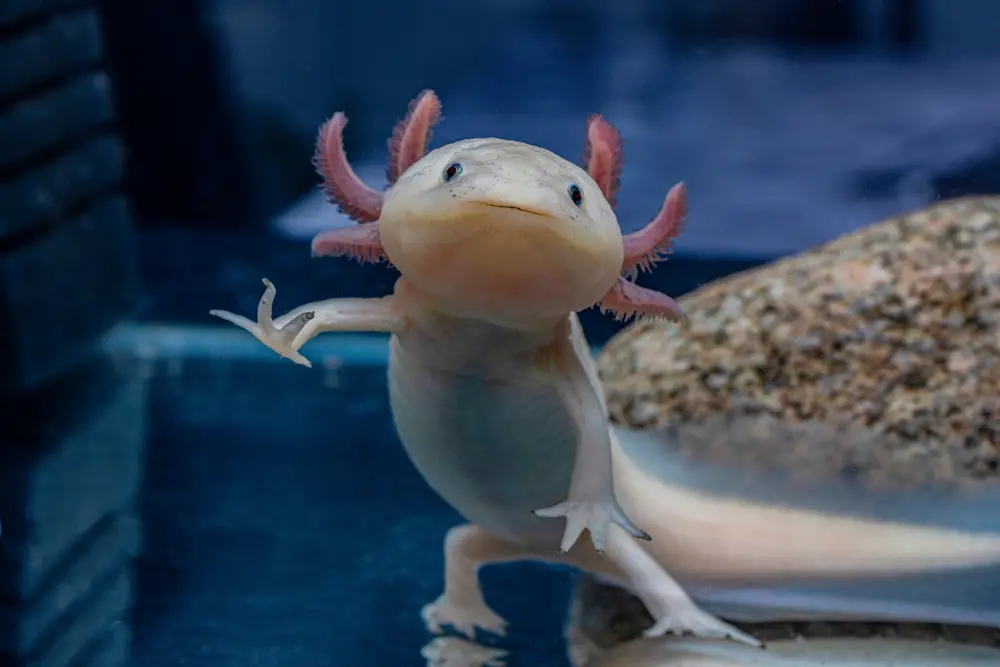
While most amphibians can regenerate limbs, the axolotl takes it to the next level. This aquatic salamander can regrow entire limbs, spinal cords, and even parts of its brain. Found in the freshwater lakes of Mexico, the axolotl’s regenerative prowess has made it a superstar in medical research. But don’t let its cute, perpetual smile fool you—this creature’s ability to heal makes it one of the animal kingdom’s toughest survivors.
12. The Oarfish Embraces the Deep Unknown
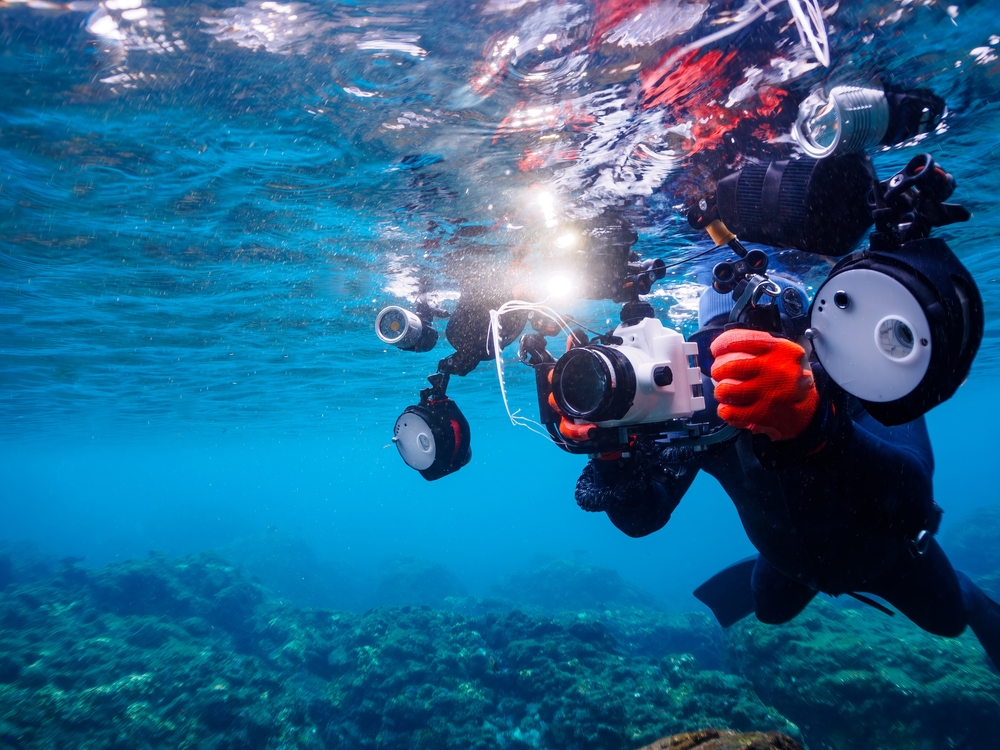
Known as the “sea serpent,” the oarfish is a rare and mysterious creature that lives in the ocean’s depths. Reaching lengths of up to 36 feet, it’s one of the longest bony fish in existence. Despite its enormous size, it’s a graceful swimmer, gliding through waters where light and warmth are distant dreams. Its survival in the deep, where pressures would crush most animals, cements its place in the realm of marine enigmas.
13. The Alaskan Wood Frog Turns into an Ice Survivor
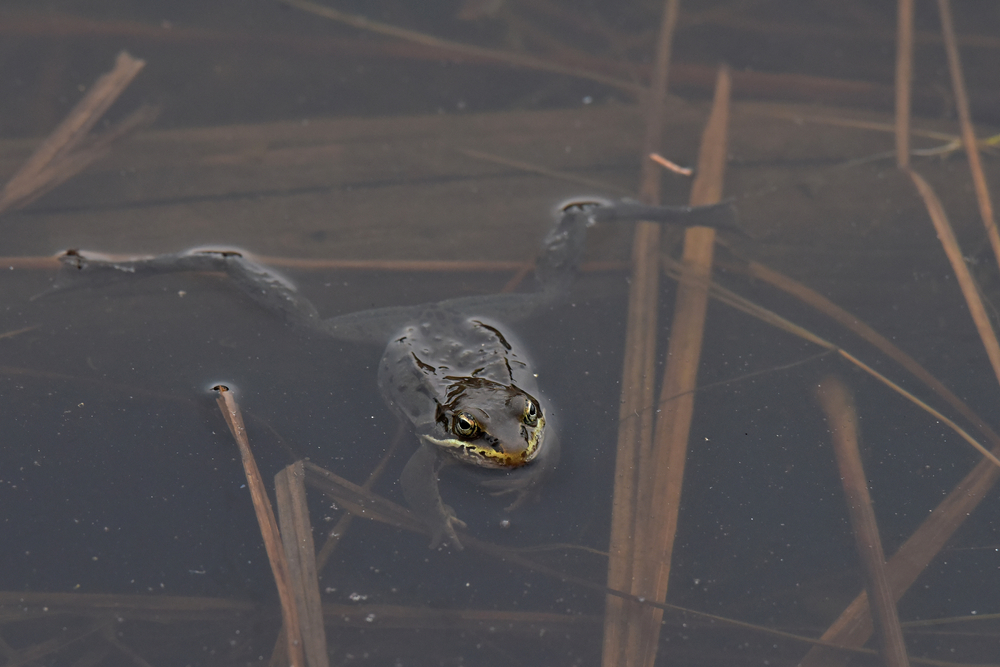
Yes, another wood frog—but this Alaskan variety freezes even harder than its counterparts. With up to 60% of its body becoming ice during the winter, this frog’s cells remain unfazed, thanks to cryoprotectants that shield it from frost damage. When temperatures rise, it simply thaws out and gets back to its froggy life. This feat of biological wizardry makes the Alaskan wood frog a poster child for nature’s ingenuity.
14. The Dung Beetle Navigates by the Milky Way
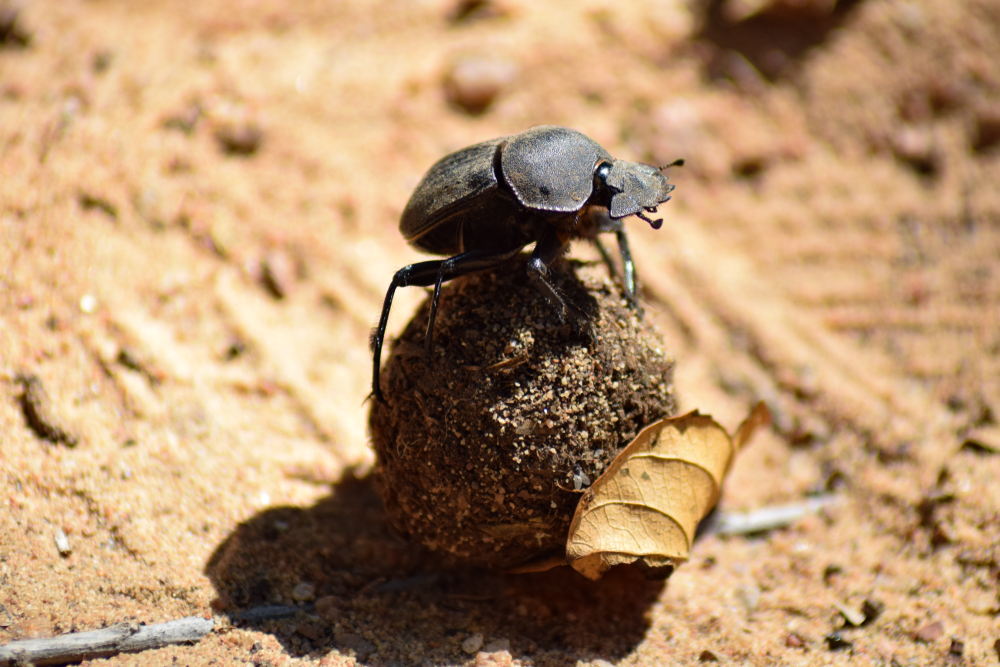
Dung beetles are already iconic for their quirky lifestyle, but one species has an even stranger skill: celestial navigation. Using the Milky Way as a guide, these beetles roll their prized balls of dung in a straight line across the desert. This remarkable adaptation allows them to thrive in vast, barren landscapes where getting lost could mean death. Who knew poop and starlight could combine into a survival strategy?
